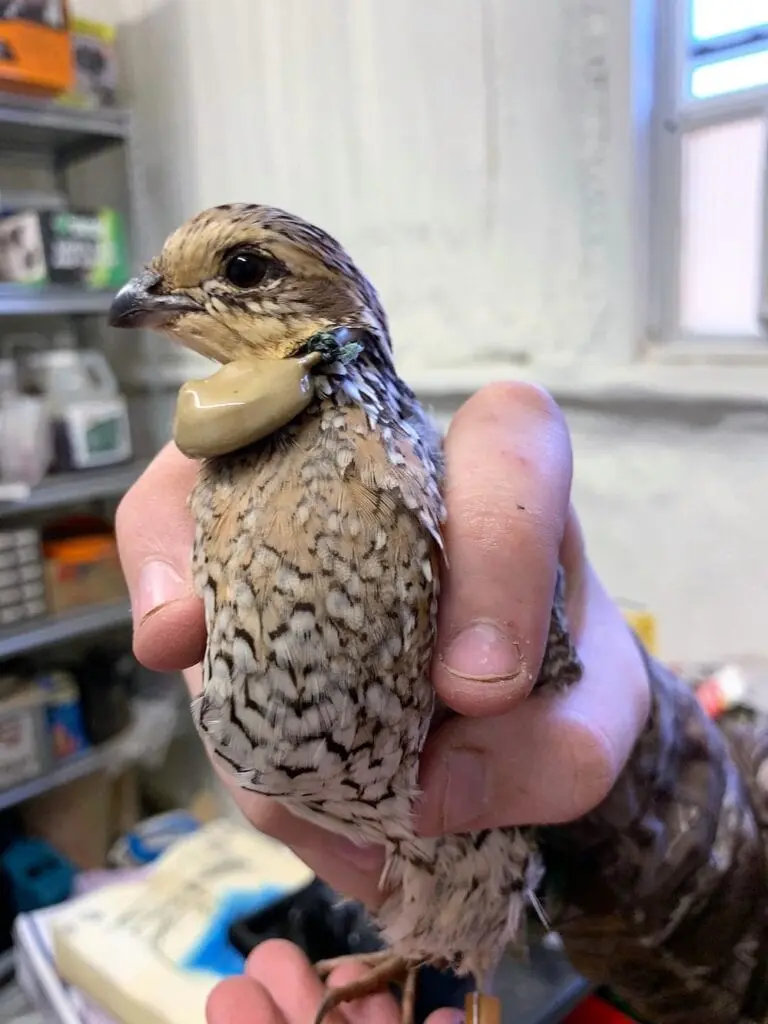Preliminary research suggests wild bird populations can be reestablished
By Craig Nyhus, Lone Star Outdoor News
This story originally appeared in the June 12 issue of Lone Star Outdoor News
The Rolling Plains Quail Research Foundation’s Erath County Quail Restoration Project is in its second year, and improved conditions along with modified techniques to establish translocation as an effective tool to restore wild quail populations is off to a good start.
Year 1 (2019) of the project got off to a humbling start, with only limited success.
“We attribute that to higher numbers of predators, poor weather and other factors,” said Phil Lamb, director of development for the foundation.
A total of 190 bobwhite quail were trapped from private ranches in South Texas and 46 from private ranches in West Texas in mid-March. The birds were then moved to a 2,200-acre release site in Erath County, with a revision in technique in 2020. A “delayed release” strategy was implemented by sequestering bobwhites 1 to 2 weeks prior to their release.

“The results this year have been much better,” said John Palarski, a graduate assistant in the Department of Wildlife, Sustainability and Ecosystem Sciences at Tarleton State University. “The delayed release strategy helped, especially with site fidelity, which is the willingness of birds to stay on the property. In 2019, we had a real high rate of mortality. This year has been a lot better.”
For the project, radio collars were affixed onto 221 birds, at $200 each, to track their movement and survival rate.
Since being released, the translocated bobwhites are doing well this year.
“The birds are staying on the property, the nest success is well above average and the mortality rate is much lower,” Palarski said.
Habitat conditions are the most important piece of any translocation, Palarski said.
“Steve Smith (the Erath County land- owner of the release site), did a lot of habitat work before the project began,” Palarski said. “And it’s a long-term deal. We want to build a robust population out here, so the birds can handle the boom- bust years.”
The bobwhites’ reproduction data has been excellent this year.
“We have found 27 nests with well over 100 chicks leaving the nests,” Palarski said. “We’ve had a 50-percent nesting success, which is well above average. And we still have a long way to go in the breeding season.”
Bringing in birds from both South and West Texas involved an attempt to establish a new population with two different sub-species of quail, one not native to the area. Both source groups are doing well this year.
“The data reveals birds from both source populations have contributed to the nesting,” Palarski said. “It shows you can take birds from South Texas and have success in Central Texas.”
The project was originally designed to last two years, but based on positive data so far this year, the foundation is seeking to extend this study by at least one additional year.
Donors to the project include Bass Pro Shops, Park Cities Quail Coalition, Cross Timbers Quail Coalition, Joan and Steve Smith, Jim and Barbara Salter and Tarleton State WSES Department.


